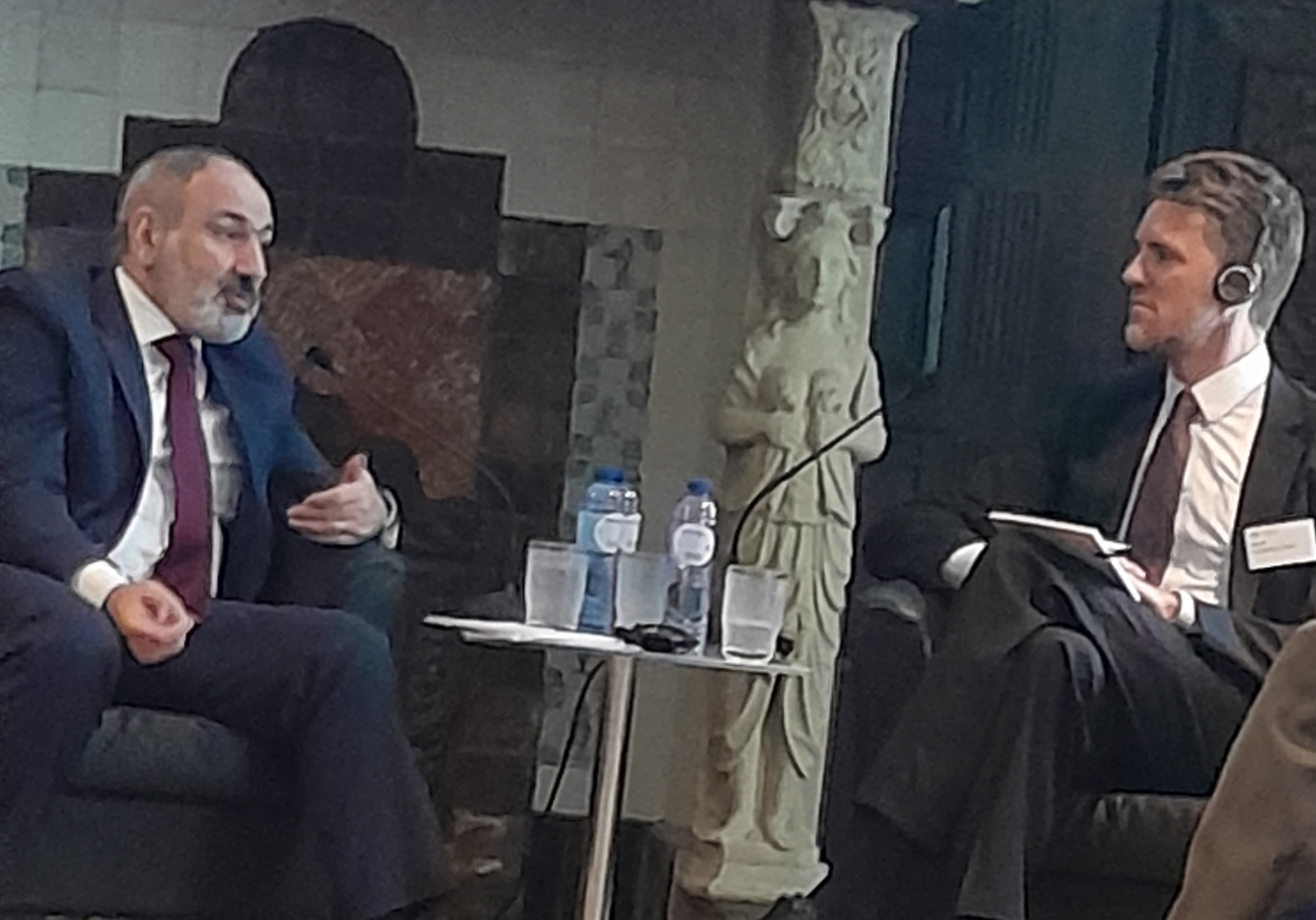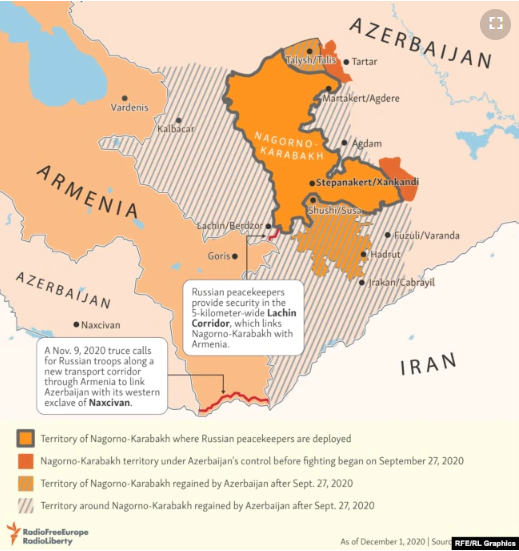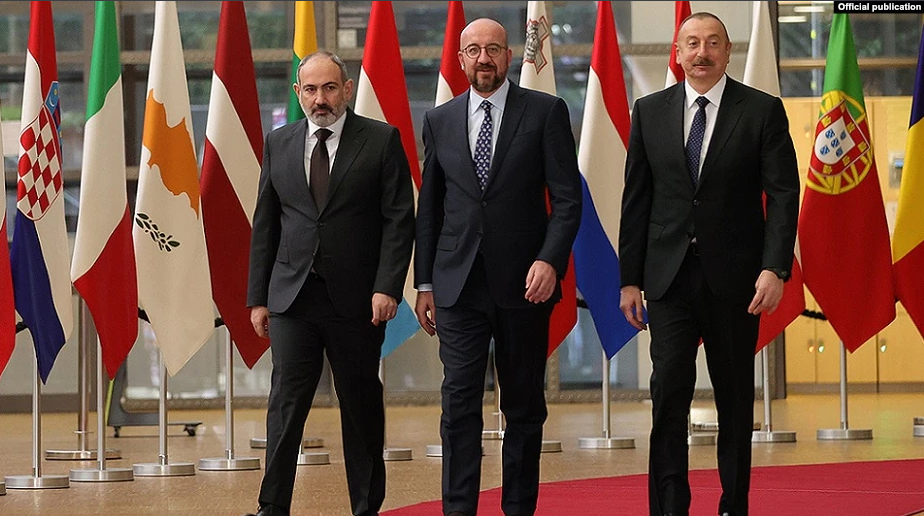Back in Yerevan, on April 22, opposition parliamentarian and Deputy Parliament Speaker Ishkhan Saghatelian announced the start of a "nonstop street struggle" to oust Pashinian. The Armenian prime minister came to power in 2018 with massive street protests. The current wave of demonstrations is spearheaded by Armenia's two opposition parliamentary factions -- Hayastan and Pativ Unem Alliances -- led by former presidents, Robert Kocharian and Serzh Sarkisian, respectively.
Pashinian should be able to weather the latest wave of protests, argued Stronski, who worked on Russia and Central Asian policy at the White House National Security Council from 2012 to 2014. "The opposition repeatedly tried to tarnish [Pashinian's] image, claiming he is the most pro-Russian leader in the country's history, that he abused his power, led a disastrous war. So far, none of this has stuck because the opposition controlled by the former regime, former presidents -- all of whom have been in the public eye for far too long, offer no new ideas, and are deeply disliked by many Armenians," Stronski said.
In the West, however, Pashinian has been praised for being willing to make compromises.
Echoing the EU reaction, U.S. Secretary of State Antony Blinken praised Pashinian's conciliatory position on the Nagorno-Karabakh conflict after talks with Armenian Foreign Minister Ararat Mirzoian in Washington on May 2.
He also said that the United States and Armenia are now working to "strengthen and deepen" their relations through a "strategic dialogue" that was launched in 2019 but subsequently suspended due to the COVID-19 pandemic.
"There is a lot of international momentum for a deal," said Stronski. "So, we'll see what happens."
Pashinian Pushed To The Corner?
Moscow, however, is suspicious that Brussels and Washington are trying to elbow it out.
Russian Foreign Minister Sergei Lavrov accused the United States and France on April 8 of refusing to work with Russia within the OSCE format following Moscow’s invasion of Ukraine.
On April 21, Russian Foreign Ministry Spokeswoman Maria Zakharova accused the West of "paralyzing" the Minsk Group and condemned the EU for "appropriating" the peace process.
Given Russia's role in the region, both Azerbaijan and Armenia have tried to remain neutral, not voting in favor, for example, of UN General Assembly resolutions condemning Russia's invasion of Ukraine or a vote to kick Russia off the UN Human Rights Council.
Pashinian and Putin reaffirmed Russia's key role in the peace process in a joint declaration issued after their face-to-face talks held on April 19.
Despites the protests on the streets at home, Pashinian's options are limited, argued Broers.
"I don't think this is just or even mainly about Western pressure, but more about a lack of any options after a devastating military defeat in 2020," he said. "Add to this additional pressures coming from Azerbaijan and also from Turkey, which appears to be biding its time on normalization with Armenia until Yerevan agrees to Baku's terms on Karabakh, and those coming from the much shakier long-term horizon for the Armenia-Russia security alliance after the war in Ukraine, you can see that Pashinian's scope for maneuver is limited." |



